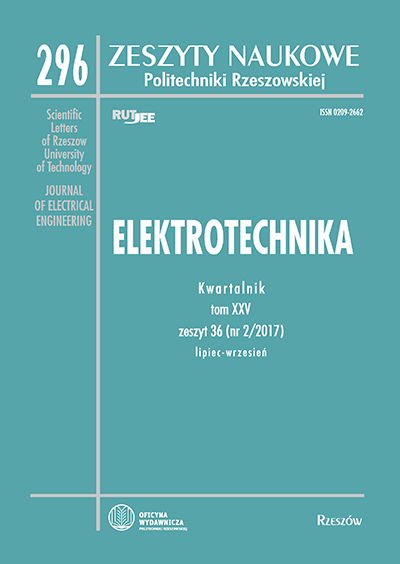Abstract
Unmanned aerial vehicles (UAV) function in a growing number both military and civil applications. One of commonly undertaken tasks is an observation in its broadest sense. The observation involves using different kinds of sensors which often take form of electro-optical gimbals i.e. cameras placed in a mechatronic system which enables change of camera orientation toward a carrier. Developing control algorithms for the electro–optical gimbals as well as for the cameras, one should consider a number of parameters connected not only with the construction of the gimbal but also with its work conditions, especially including the capabilities of the carrier. The article presents the elementary information on the electro-optical gimbal, with special emphasis on a two axis gimbal dedicated to installing on board UAV. The designed and realized test stand for electro–optical gimbals simulation tests,which have been perfomed with the use of Matlab/Simulink, is also described in the article. The test stand allows testing the control algorithms via simulation of carrier behavior. It also enables parameterization on the basis of recorded UAV real flights as well as using forced set values not existing during real flights.
References
[2] Bociek S., Gruszecki J.: Układy sterowania automatycznego samolotem. Oficyna Wydawnicza Politechniki Rzeszowskiej, Rzeszów 1999.
[3] Machowski B., Panasiuk K.: Wykorzystanie robota przemysłowego do badania układu stabilizacji głowicy śledzącej, Mechanik, nr 7/2011, s. 521-526.
[4] Chudy P., Dittrich P., Vlk J., Rzucidlo P., HW in-the-loop simulation of light aircraft’s autopilot, AIAA Modeling and Simulation Technologies (MST) Conference, August 19-22, Boston, MA, 2013.
[5] https://www.mathworks.com/products/simulink-real-time.html (dostęp 15.08.2017).
[6] Dereń M.: A miniature on-board data recorder for unmanned platform, ZN PRz Mechanika, 87, 2015, s. 17-22





